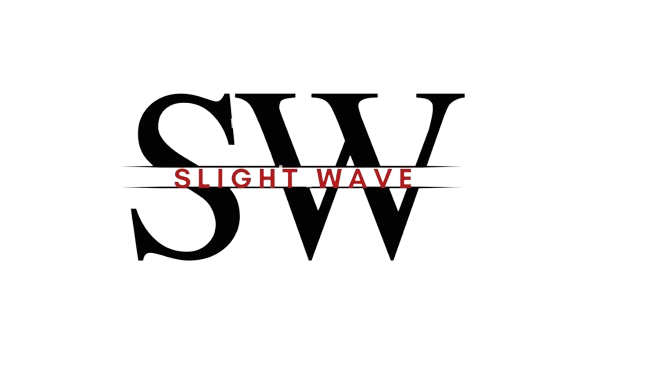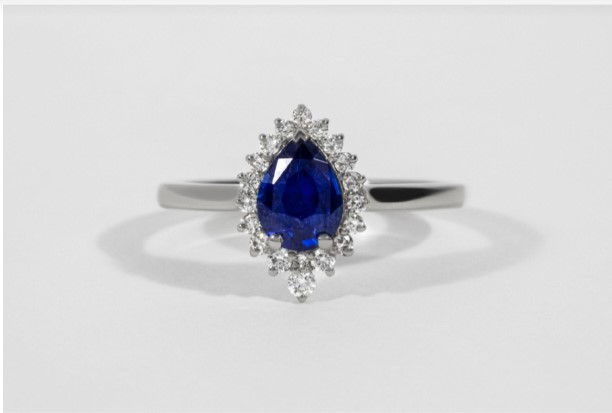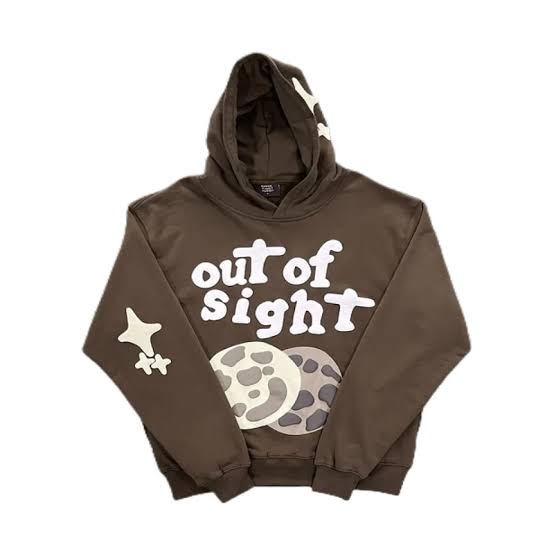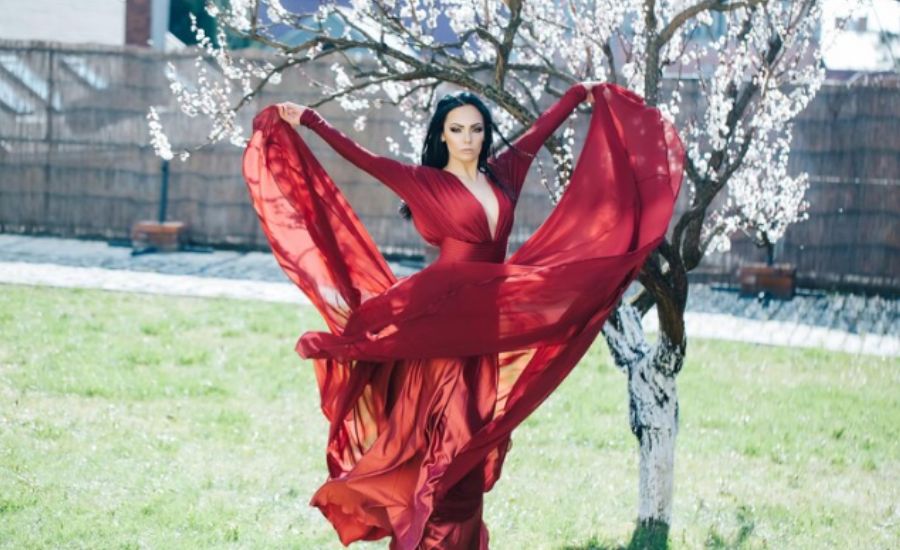Blue diamonds, with their captivating color and scarcity, are among the world’s most sought–
after gemstones. But what influences the price of these magnificent stones? While color
intensity, clarity, cut, carat weight, and market demand are important considerations,
understanding the intricacies of blue diamond cost can throw light on their attractiveness and
worth.
- Color Intensity
The most important aspect influencing the blue diamond cost is its color intensity. Blue
diamonds range in color from mild blue to bright blue, with saturation levels dictating rarity and value. Vivid blue diamonds with a deep, pure tone attract the greatest prices due to their scarcity. As the color intensity declines, from fancy bright to fancy intense, fancy, and finally pale blue, the price falls proportionally. Rarity drives demand, making bright blue diamonds the most desirable and costly among collectors and investors. - Clarity
Clarity, like other diamonds, relates to the presence of internal and exterior defects, also known as inclusions and blemishes. Clarity in blue diamonds is important since it affects the stone’s transparency and brightness. While the diamond’s hue may hide certain inclusions, substantial imperfections can nonetheless have an impact on its beauty and value. Blue diamonds with high clarity grades, such as flawless or internally flawless, attract higher prices due to their scarcity and enhanced visual appeal. Diamonds with minor flaws or defects may still be highly appreciated if their color intensity is extraordinary. - Cut Quality
A blue diamond’s cut has a significant impact on its brightness, fire, and look. A well-cut blue
diamond maximizes color saturation and light reflection, which increases its visual appeal. The cut also determines the diamond’s dimensions, symmetry, and polish, all of which enhance its beauty and value. Diamonds with specified proportions to improve light performance, such as the brilliant cut, may command greater prices due to their exceptional sparkle and scintillation. In contrast, poorly cut diamonds with irregular facets or proportions may appear dull and unappealing, lowering their market value. - Carat Weight
Carat weight, the measure of a diamond’s mass, plays a significant role in determining its price. Generally, larger blue diamonds are rarer and thus command higher prices per carat compared to smaller stones. However, the relationship between carat weight and price is not always linear. Exceptionally large blue diamonds, known as “fancy blues,” are exceptionally rare and may fetch astronomical prices at auctions and private sales. Moreover, the scarcity of large, high-quality blue diamonds further elevates their value among collectors and connoisseurs. - Market Demand
Market demand is a dynamic factor that can considerably affect the price of blue diamonds. The
demand for blue diamonds is influenced by jewelry industry trends, economic situations, and
shifts in customer preferences. Furthermore, cultural and symbolic associations, such as blue
diamonds representing elegance and prestige, increase their appeal and market value.
Auctions, when rare blue diamonds are shown and passionately bid on by collectors and
investors, can establish benchmark values and dictate market sentiment.
Finally
The blue diamond cost is governed by several factors, including color intensity, clarity, cut
quality, carat weight, and market demand. While rarity remains the primary driver of value, the
interaction of these variables highlights the complexities of pricing such beautiful stones.
Whether as an investment or a symbol of eternal beauty, blue diamonds continue to captivate
and inspire admiration, surpassing their monetary value to become timeless treasures.




